Hit the Dirt: How Rally Is Making Inroads In The US
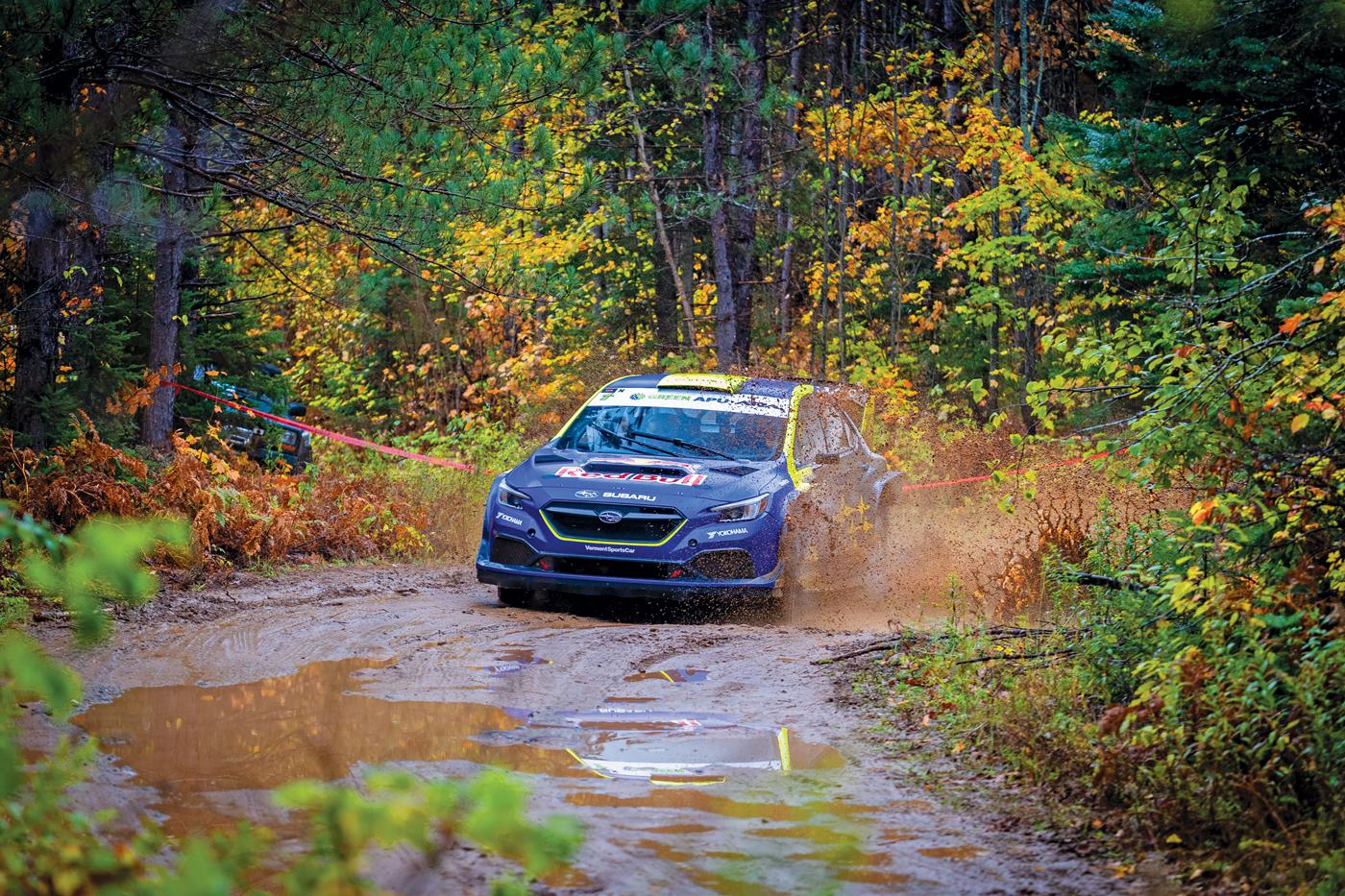
Despite its longstanding popularity in Europe, rally racing has struggled to gain traction in America. But thanks to new strategies and formats that are helping to bridge the gap between professional and grassroots efforts, that may soon change.
Rally racing’s origins date back to the advent of motorsports itself. Events like the 1894 Paris–Rouen Horseless Carriage Competition, and Automobile Club de France’s 1,000-mile Bordeaux-to-Agen trek that took place the following year, are considered to be some of the first organized forms of auto racing. The latter also set the tone for what would later become known as stage rally.
Like Formula 1, rally racing gained a foothold with European audiences early on thanks to the immense talent on display and sheer spectacle of the competitions. The discipline has had a much harder time establishing a lasting beachhead on this side of the pond. While different factors have conspired against its success in the US over the decades, new tactics are emerging that signal a potential sea change on the horizon.
“Part of the problem has been that most people don’t know that rally racing is happening over here,” said Perry Seaman, Eastern regional director for NASA Rally Sport, Industry, Pennsylvania. “The Internet, video games, and media coverage of series like WRC has brought much more visibility to the sport over the past decade or so, but the American public generally isn’t aware that this is something that’s going on in the US. Changing that is the big challenge that we’re currently working to address.”
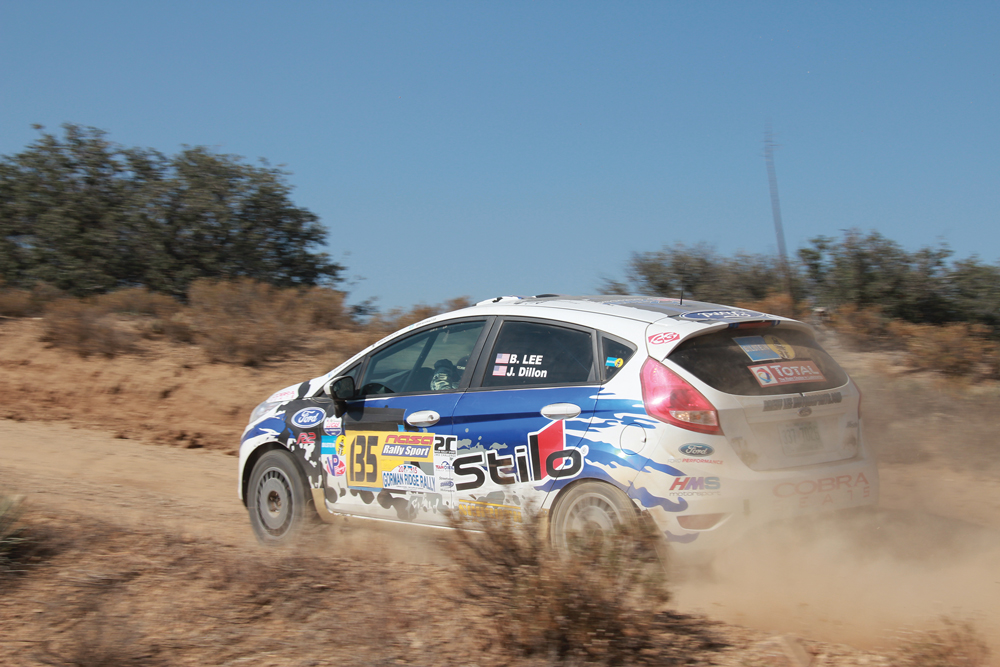
Preston Osborn of the American Rally Association (ARA) in Speedway, Indiana, told us that involvement in rally racing grew substantially in the wake of the pandemic, and sustaining that upswing in growth is the key to the sport’s long-term health here in the United States. “The competitor base has definitely gotten larger over the past three to four years. COVID-19 likely played a role in that because people had more free time to build cars, and some new events came to fruition as a result. Now it’s about keeping those numbers high.”
Expanding promotional efforts are expected to increase the sport’s visibility and help to cultivate a larger audience. Leading the charge is Nitrocross in Costa Mesa, California, a series inspired by rallycross racing but forging its own identity.
“We see Nitrocross as related to rallycross and rally, but significantly different enough in track design, format, and vehicles to be its own sport,” said Chip Pankow of Nitrocross.
Launched in 2018 by Travis Pastrana and the Nitro Circus crew, Nitrocross features three classes that each compete on purpose-built courses featuring jumps, banked turns, multiple surfaces, and various racing lines.
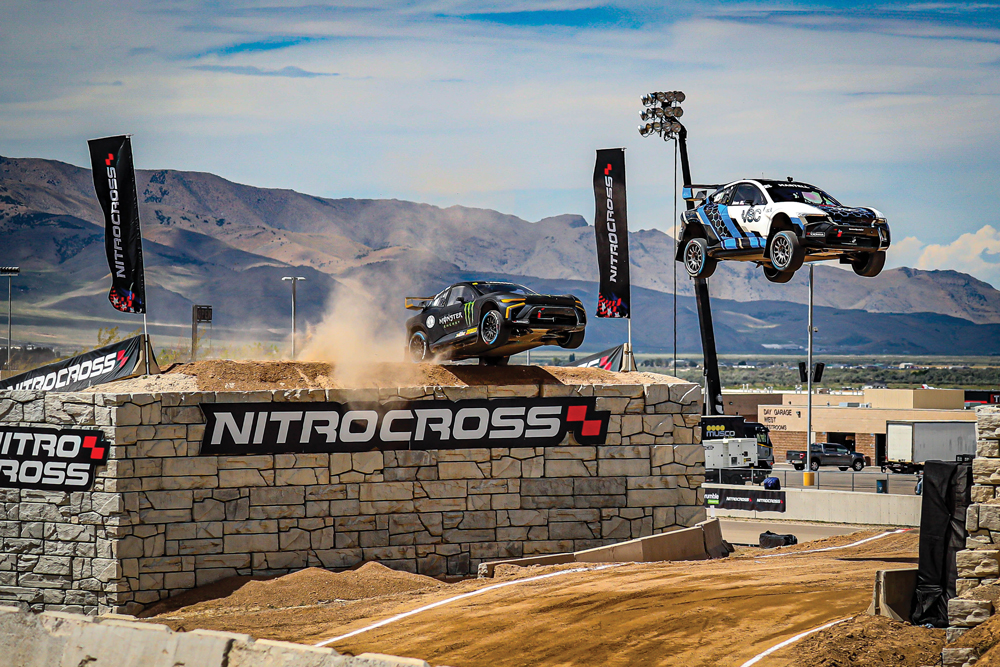
“The segment is very healthy,” Pankow added. “We are nearly sold out of our top class [Group E] vehicles, there’s a waiting list for the SxS (side by side class), and we’ve just announced the vehicle upgrade package for our NEXT EVO class and there is tremendous interest.”
Nitrocross’ growing momentum is a good sign, but more traditional forms of rally racing still face challenges. In terms of car counts, the bar of entry can appear particularly high for rally racing, and the logistics involved in stage rally events typically equate to remote locations that can limit the appeal for spectators and racers alike. However, the recent emergence of both rallycross and rally sprint formats may prove to be the piece of the puzzle that’s been missing between the grassroots and pro-level competition.
Creating Entry Points
While the cost of a WRC (World Rally Championship) build can venture into six-figure territory, a substantial initial investment isn’t necessarily required to get involved in rally racing. Closed-course rallycross events, like those held in various regions of the US by the SCCA, are similar to autocross in that a competitor can get involved with a road-legal car with minimal prep and then work their way up the ranks at their own pace.
“Our focus is more at the grassroots level,” said Rick Myers, director of Rally/Solo for the Sports Car Club of America (SCCA), Topeka, Kansas. “It’s basically like Solo on dirt, where you’re running against the clock, and there’s one car on the course at a time, more or less. The risks are pretty limited, and it doesn’t take a significant financial layout to get involved. Those factors have allowed us to grow this sport across the country.”
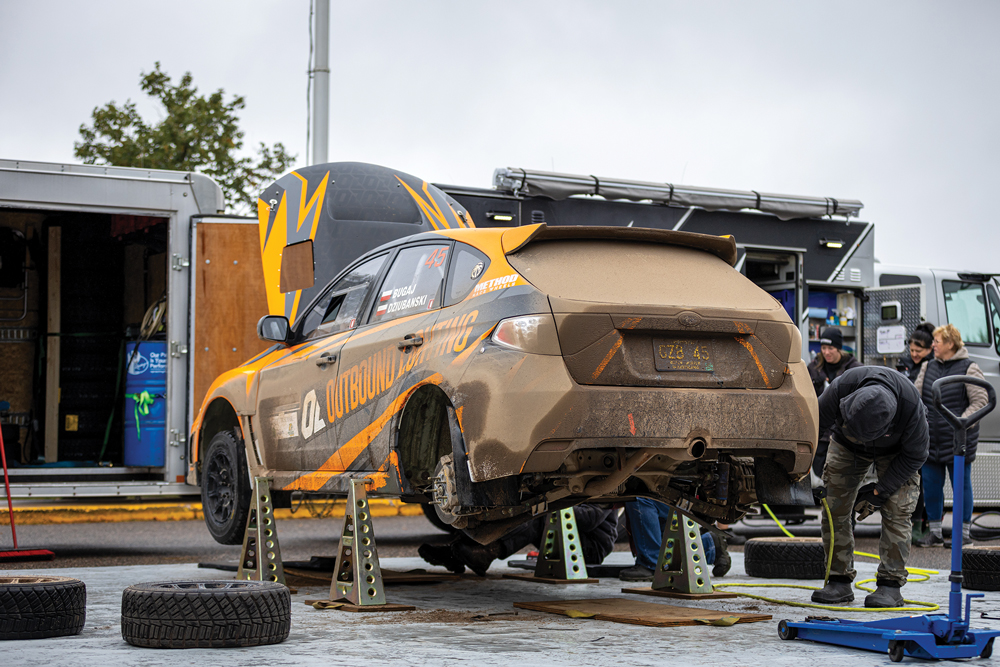
SCCA’s RallyCross program is broken down into nine classes across three categories—stock, prepared, and modified. At the ground level of the stock category, virtually any mechanically sound vehicle with all-season or winter tires is eligible to compete. “The cars run the gamut,” Myers said. “There are plenty of Subarus and vehicles like that, but a lot of them are economy cars—old Chevy Cavaliers, Hondas, and Mazda Miatas are popular here, too. The safety requirements are pretty straightforward: You need a helmet, and if you’re in one of the upper classes that doesn’t have side glass in the car, then you need to have arm restraints. It’s incredibly easy to get engaged with this.”
Although the rallycross format can’t replicate all of the elements that make stage rally appealing to fans and competitors, it also addresses several of the major obstacles facing rally organizers.
“For a stage rally event, you typically need several hundred volunteers,” said Tim O'Neil of the Team O’Neil Rally School, Dalton, New Hampshire. “You also have to have a group of top-level people communicating with the landowners, asking permission to use these roads, block off public access, and so on. The landowners are often people who do not like to take risks. They might have concerns about damage to the roads, or bad actors misbehaving. Some may also be concerned about competitors driving too fast on the roads between the stages. That could upset a land manager, and then when it comes time to borrow the road for next year’s event, they’re not as receptive. It becomes easier for them to just say no.”
Meanwhile, rally sprint events essentially split the difference between rallycross and stage rally, allowing competitors to run on a closed course that’s similar or identical to a rally stage without a lot of the issues that can hamper stage rally events.
“We recently started a soft rollout of our rally sprint program,” Osborn said. “These events are meant to be simple not only for competitors, but also for organizers. It’s a way to get people involved in rally on a smaller scale, and it’s easier to secure permitting for events that are held in these types of closed venue areas. Rally Ready in Dale, Texas, has been the champion of that program so far; we’re doing four rally sprints with them this year.”
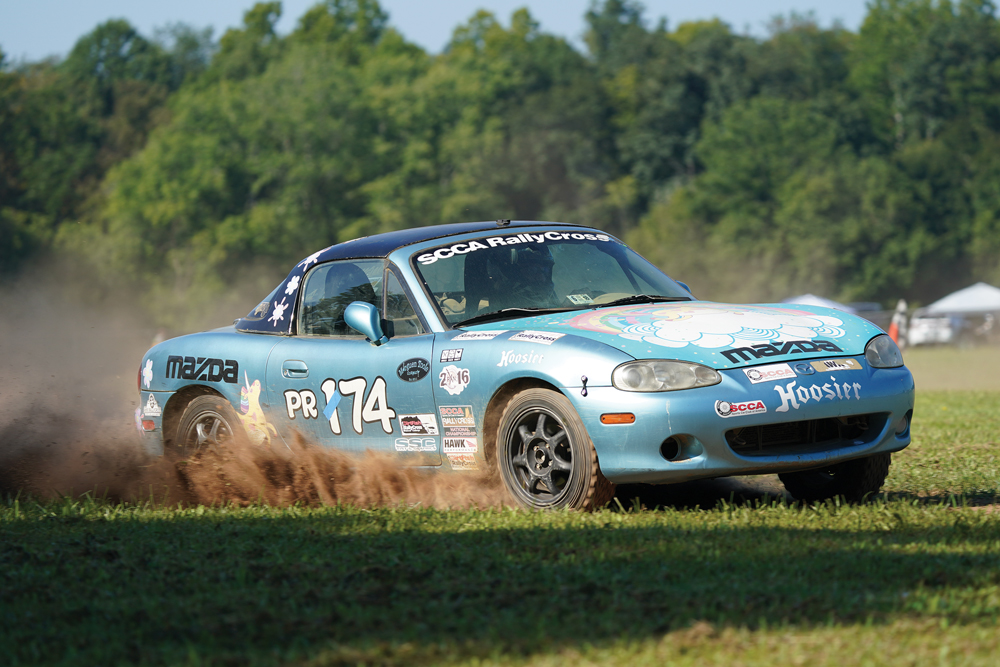
Seaman pointed out that rally sprint events tend to make things easier on organizers in other ways as well, so the concept is also being applied to some stage rally events. “Since these events are all either on closed roads or within one facility, it’s less expensive to run it. For example, this past summer’s Iron Mule rally had 110 stage miles, and to get that they closed a network of connecting roads that allowed for a few different course configurations. Because of that, the rally cars were never really on public roads. That changes the cost structure of the event for the organizers, which trickles down to the competitors.”
Dialing In
Rallycross offers grassroots racers an opportunity to get involved in the sport with minimal investment, but like any motorsports discipline, there’s a demand for consumables, and more comprehensive builds are commonplace in the upper levels of this format.
“Even at the grassroots level, you need things like tires, brakes, and shocks,” said Myers. “Generally speaking, those that compete in rallycross tend to be influencers within their automotive circles. When their friends ask for shop recommendations, or a particular type of product, the ones that have provided them with support are going to be the first ones that they suggest.”
Many aspects of the mechanical hardware and tuning approach are fairly unique to the sport, but there’s also a fair amount of common ground with road racing and other disciplines. “The handling characteristics are obviously different from autocross or a road racing car, but the engineering goals are often the same,” Myers continued. “When it comes to the suspension, you still want to maximize grip. These suspensions are set up a bit softer, but a lot of the same engineering and technology are still in place. You’ve got to be able to keep the tire on the ground in order to move the car forward. A lot of folks in the Modified category are running pretty aggressive tires and extensively engineered suspension setups, and they’re using data acquisition systems to help gain an edge.”
O’Neil also said that while there may be a smaller number of American rally competitors in comparison to other racing disciplines, they tend to demand high-quality products that can both perform and stand up to serious abuse.
“Rally stuff differs from road racing and street stuff. The wheels have got to be stronger, and the tires have to be bulletproof,” O’Neil explained. “When it comes to suspension, most everything you find out there is to lower the car, and that won’t work on a rally car. It’s just not rugged enough. Seats, racing harnesses, and other safety equipment are kind of universal, so extending out to the rally guys from that side of it is pretty easy to do. And everyone needs things like instrumentation, brakes, clutches, and cooling system stuff, too. It just needs to be up to the task. For example, if a stage rally car has 450 horsepower, you need a clutch with a load rating of, like, a thousand. I need to more than double the rating because of the shock loads that these parts are subjected to. Some of the suppliers will say things like, ‘Oh, I sell this to the road racers all the time and they love it.’ I’m like, ‘OK, thanks—gotta go.’”
Seaman said that teams’ investments in stage rally programs vary widely, but deeper pockets don’t necessarily guarantee faster times. “Someone who builds a $15,000 car can be quite competitive if they build it right, can drive it well, and have a great co-driver. There are also folks in the Pro class who’re driving $200,000 cars with turbos, all-wheel drive, and sequential transmissions. But our team’s Merkur XR4Ti, with a junkyard engine swap, placed third overall at the Sandblast Rally this past year. We actually outran one of those six-figure Pro-class cars in one of the stages.”
The Road Ahead
As organizers seek to bring more awareness to rally events here in the US, they’re also working on solutions to some of the logistical concerns that are faced by fans and racers alike.
“Right now, expanding the number of events is a big priority for us,” said Osborn. “One of the big challenges that you have with rally is that a lot goes into organizing an event, and we’re reliant on local organizers to do a lot of that groundwork. Because of that, we typically only organize one event in a given area per year. So as a competitor, if you’re looking into investing in a rally car, you might only have a few events that are within a one- or two-day tow from where you live, and that really limits the number of times you can use that car per season. We want to change that.”
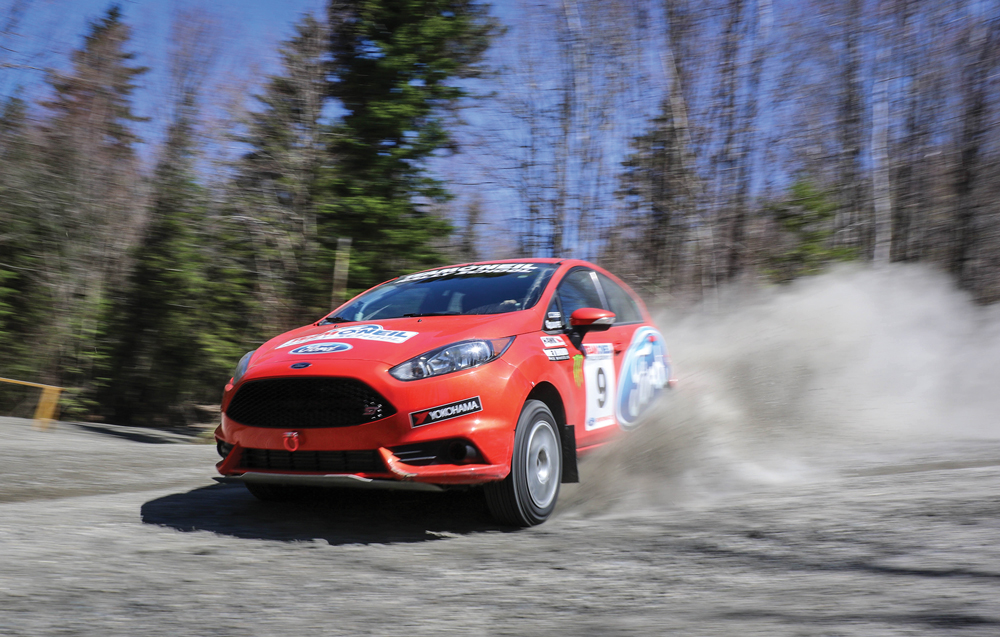
The ARA’s fledgling rally sprint program is part of that effort. “We want to expand that in order to create these pockets of competition across the country,” Osborn continued. “One of the areas that’s seen a lot of success over the past few years is Missouri, and that’s in part because we do a big national event in March every year, and we also have two other regional events each year. Because we’ve added those events, we have much more engaged volunteers and personnel, along with an influx of local competitors. We’re seeing a similar thing in the Pacific Northwest as well, between Portland and Seattle. Teams in those areas might have five events per year within 250 miles of where they live, and that region has become a hub of competition as a result.”
Most also cite a bigger social media and digital presence as part of the strategy to further promote the sport. “The biggest obstacle has been breaking through,” said Pankow. “We know our sport has some of the best motorsports content out there. It’s just been a matter of getting it both to our audience and to new audiences.”
Pankow’s team has made strides by offering free live streaming of the Nitrocross races on Rumble, an online video-sharing platform which is available around the world. While this partnership has created a “barrier-free experience for anyone interested in the sport,” they’re utilizing additional creative strategies to tap into different audiences.
“Not only do we have to make the content easily accessible across multiple platforms, but we are also constantly seeking new audiences,” added Pankow. “These [efforts] include inviting drivers from other disciplines, visiting new venues, social media, and a strong influencer program that has introduced our sport to a massive number of new fans.”
Homegrown efforts to draw interest in American rally racing will continue, but Seaman noted that the sport may get a significant push from a globally recognized name in the not-too-distant future.
“There’s been some talk about holding a WRC event in the United States. If we could manage to pull that off, it would bring a lot more visibility to what we’re doing here. This is a sport that’s primed for sudden growth. Right now, you don’t see a lot of YouTube content, for instance. But if you get a lot of folks involved who are good at generating awareness, that could change very quickly.”
SOURCES
American Rally Association
ara-rally.com
NASA Rally Sport
nasarallysport.com
Nitrocross
nitrocrossracing.com
SCCA RallyCross
scca.com
Team O’Neil Rally School
teamoneil.com
 MEMBERSHIP LOGIN
MEMBERSHIP LOGIN JOIN PRI
JOIN PRI


